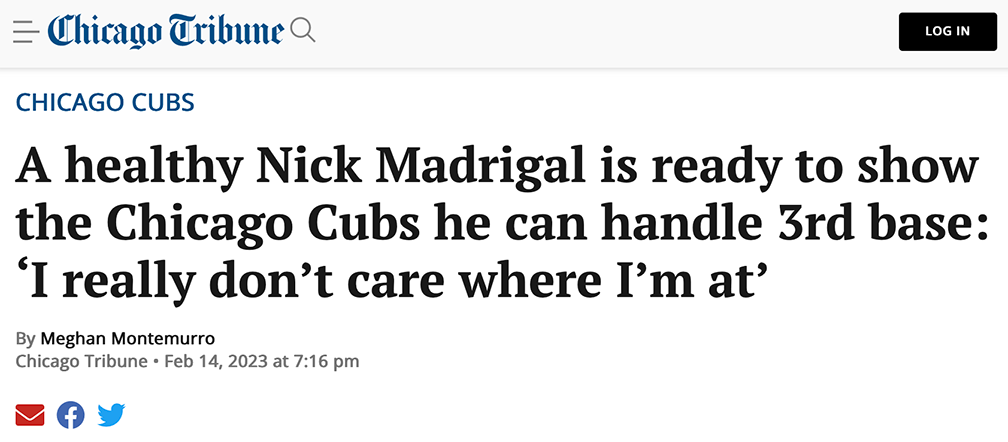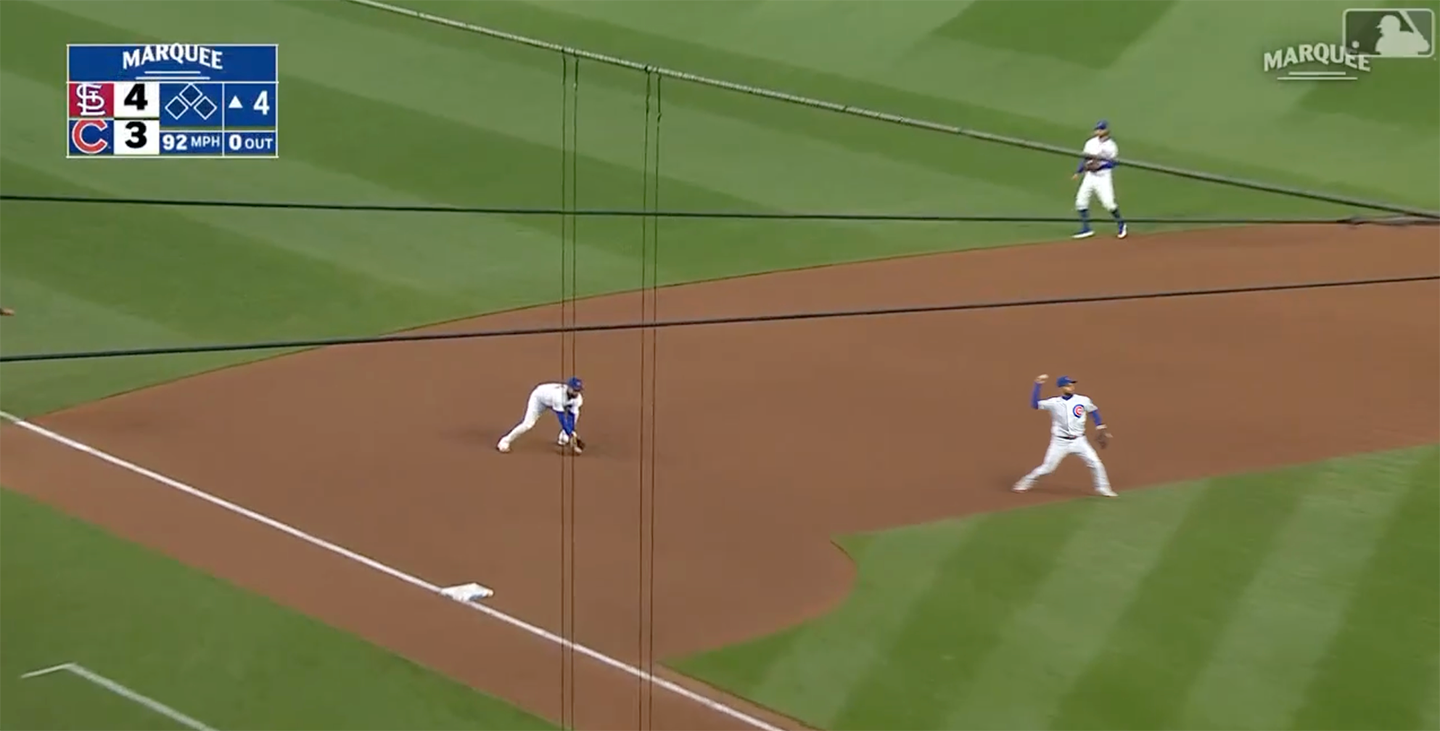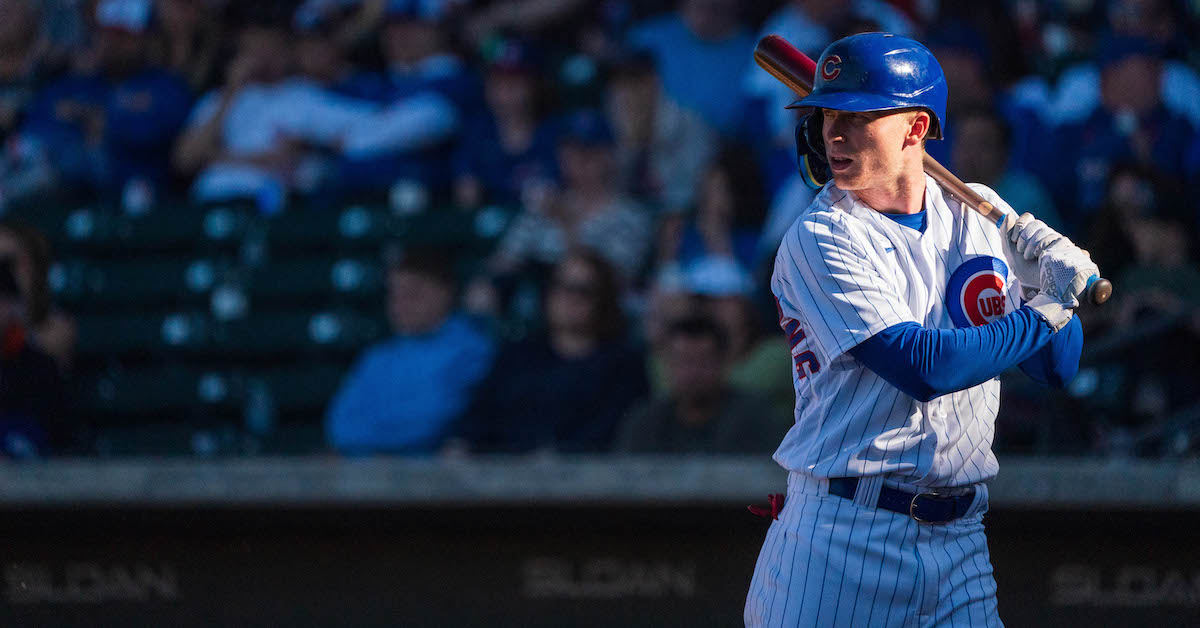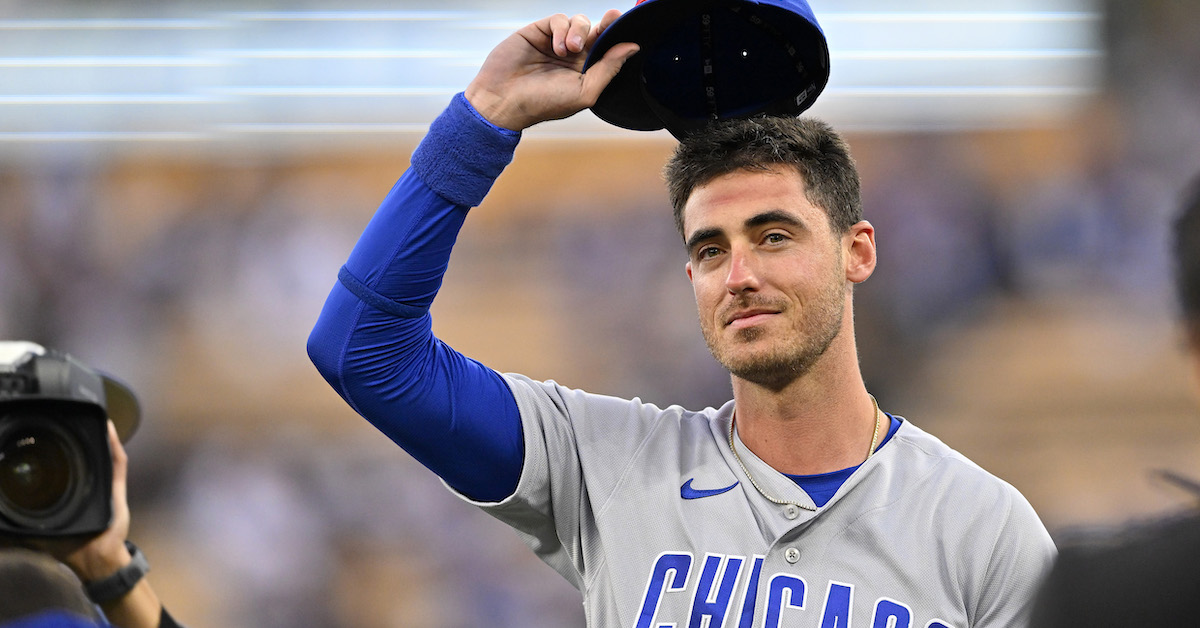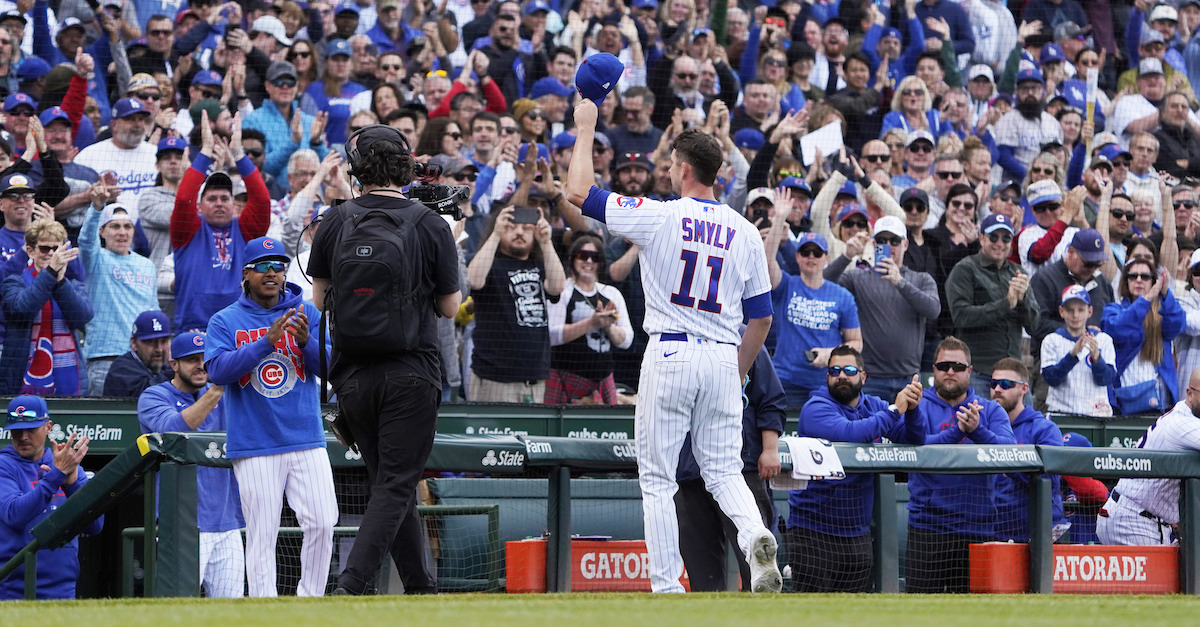For Bellinger and Paredes, It Pays To Pull

I experience baseball in many different forms. Writing is obviously one of them. Watching (both in person and on television) is another. Playing doesn’t happen as much as I’d like to, but it’s still one of them. The last one, which has become the most accessible to me, is through data: performance, expected stats, projections, etc. Data serves as a conversation starter or a thought provoker for me, and I rely on it heavily in my writing to tell the story of a player’s triumphs or struggles, especially Statcast data.
When working with Statcast information, it’s important to understand the inputs that create the data points. For example, I know that xwOBA is formulated using a combination of exit velocity and launch angle (and sometimes sprint speed). Perhaps it would be helpful if there were more inputs such as batted ball spin or spray angle, or perhaps it would complicate things. But what is important is that I know those are not included in the formulation — knowledge that I can use when assessing players for whom those inputs could be statistically important. I’m specifically thinking of the profiles of Isaac Paredes and Cody Bellinger.
Neither Paredes nor Bellinger have big power in terms of raw exit velocity, and neither is a batting average king (although Bellinger is over .300 at this moment in time). Instead, they rely on consistent contact to the pull side in the air to make up for their lack of raw power. I have an idea in my head of what a good hitter is. One of my most general criteria is the ability to hit the ball consistently hard, but it’s important to leave wiggle room there so you don’t exclude the edge cases, like Bellinger and Paredes. Both are below the 20th percentile in terms of average exit velocity and below the 10th percentile in HardHit%, but both have ISOs over .200 with double-digit home runs and doubles. That’s unusual, but it brings me back to stressing the importance of spray angle for a certain group of hitters. Read the rest of this entry »


